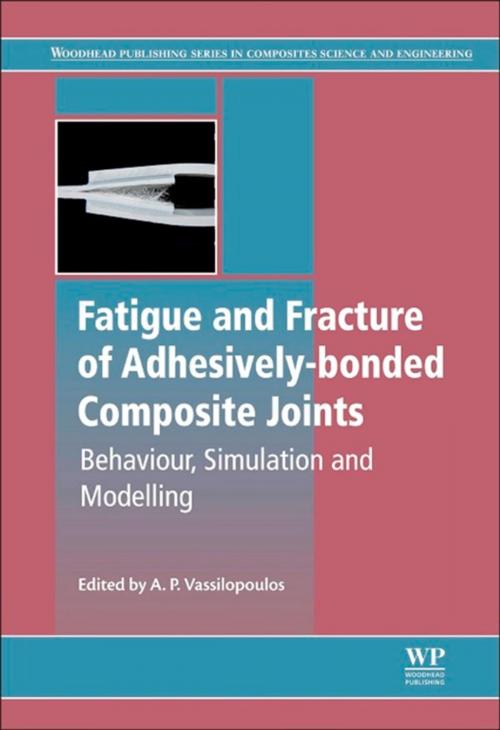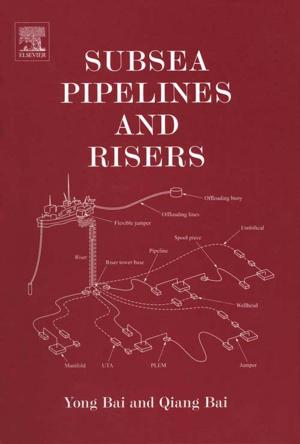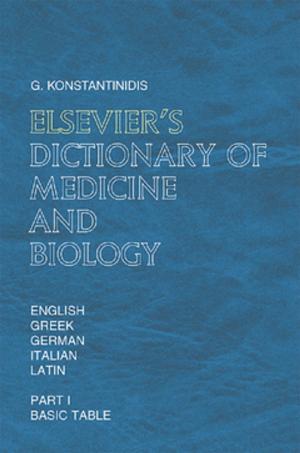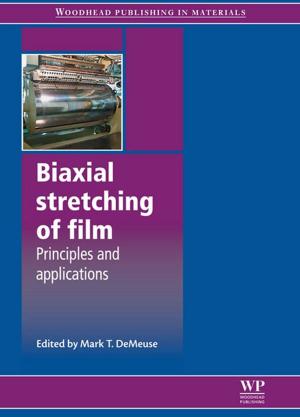Fatigue and Fracture of Adhesively-Bonded Composite Joints
Nonfiction, Science & Nature, Technology, Material Science, Engineering, Mechanical| Author: | ISBN: | 9780857098122 | |
| Publisher: | Elsevier Science | Publication: | October 21, 2014 |
| Imprint: | Woodhead Publishing | Language: | English |
| Author: | |
| ISBN: | 9780857098122 |
| Publisher: | Elsevier Science |
| Publication: | October 21, 2014 |
| Imprint: | Woodhead Publishing |
| Language: | English |
It is commonly accepted that the majority of engineering failures happen due to fatigue or fracture phenomena. Adhesive bonding is a prevailing joining technique, widely used for critical connections in composite structures. However, the lack of knowledge regarding fatigue and fracture behaviour, and the shortage of tools for credible fatigue design, hinders the potential benefits of adhesively bonded joints. The demand for reliable and safe structures necessitates deep knowledge in this area in order to avoid catastrophic structural failures.
This book reviews recent research in the field of fatigue and fracture of adhesively-bonded composite joints. The first part of the book discusses the experimental investigation of the reliability of adhesively-bonded composite joints, current research on understanding damage mechanisms, fatigue and fracture, durability and ageing as well as implications for design. The second part of the book covers the modelling of bond performance and failure mechanisms in different loading conditions.
- A detailed reference work for researchers in aerospace and engineering
- Expert coverage of different adhesively bonded composite joint structures
- An overview of joint failure
It is commonly accepted that the majority of engineering failures happen due to fatigue or fracture phenomena. Adhesive bonding is a prevailing joining technique, widely used for critical connections in composite structures. However, the lack of knowledge regarding fatigue and fracture behaviour, and the shortage of tools for credible fatigue design, hinders the potential benefits of adhesively bonded joints. The demand for reliable and safe structures necessitates deep knowledge in this area in order to avoid catastrophic structural failures.
This book reviews recent research in the field of fatigue and fracture of adhesively-bonded composite joints. The first part of the book discusses the experimental investigation of the reliability of adhesively-bonded composite joints, current research on understanding damage mechanisms, fatigue and fracture, durability and ageing as well as implications for design. The second part of the book covers the modelling of bond performance and failure mechanisms in different loading conditions.
- A detailed reference work for researchers in aerospace and engineering
- Expert coverage of different adhesively bonded composite joint structures
- An overview of joint failure















